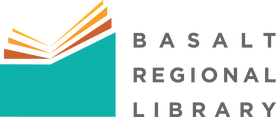|
Hello Music Lovers of the Valley, Among the many cancellations in our Basalt Library music series was a concert of Beethoven’s late piano sonatas performed by our talented Valley pianist, Amanda Gessler. Amanda is a meticulous scholar and consummate performer of Beethoven’s works. She has done extensive study of the master with the noted authorities and widely recognized pianists, John O’Cornor and Richard Goode. Our music coordinator Charlotte McLain asked Amanda to share some reflections on her passionate study of the works of this genius. Her response, below, provides an intimate portrait of becoming a Beethoven devotee. Enjoy! 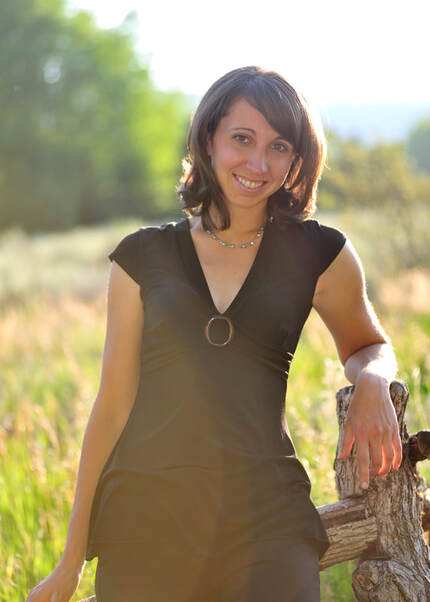 Local pianist Amanda Gessler, whose scheduled performance at the library had to be cancelled, shares reflections about the music of Beethoven. Local pianist Amanda Gessler, whose scheduled performance at the library had to be cancelled, shares reflections about the music of Beethoven. My "discovery" of Beethoven happened in a piano lesson and in a grocery store. I was nine years old and had started piano lessons a few months prior. I had grown bored of the standard method books and, having had no exposure to classical music, I wasn't sure what the point of practicing was. I decided to quit. As I went into my lesson to tell my teacher that I was quitting, she sat down at the piano and played the first movement of Beethoven's "Moonlight" sonata. "This is Beethoven", she said, and I was instantly drawn in. I just had to learn it, to feel it in my own fingers and to shape it with my own expression. A few weeks later, I was in a grocery store with my Mom when I found one of those kiosks that samples music with the push of a button (I don't think those exist anymore!). I eyed one sample that said "Beethoven", and it suddenly occurred to me that "Beethoven" was a name of a person and not the title of the piece I was working on! Which meant there must be more! My Mom bought me the cassette tape which featured his most popular piano pieces (accompanied by nature sounds in the background) and from that day, his music became my life work, my obsession, my solace through a tumultuous childhood, and my guide throughout life and emotion.
1 Comment
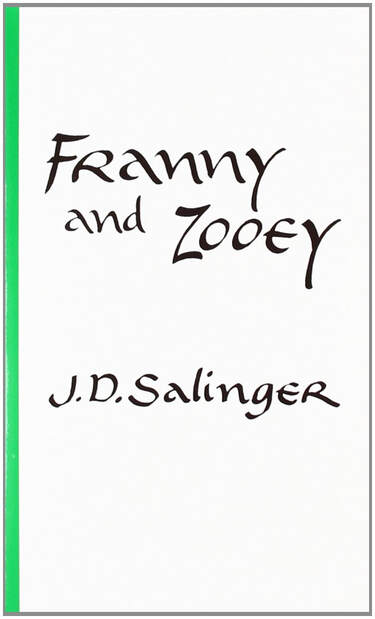 Without exaggeration, I have read Franny and Zooey every year since I was in college, so about 40 times. I usually re-read it in the spring to set my compass for the rest of the year, spring being the time of renewal. Every time I read it, it affects me differently—depending where I am in my life. This current reading, I’m looking at the theme of intellectual entitlement. At once both a mystical story and a love story, at its publication in 1961, it was described both as a modern Zen tale and as a metaphor for modern society. Some critics suggested it was an "appallingly bad story", stagey and self indulgent, but that it also showed Salinger's "evolving beliefs”. Both of these assessments are true. Franny and Zooey is really two stories published together in one book. It’s two stories in a narrative series of stories about the Glass family that takes place in 1955 New York City’s upper east side. Franny is the youngest Glass, and Zooey is the second youngest of seven uniquely gifted children born from 1920s Vaudevillian parents. Narrator Buddy Glass (the family writer-in-residence and Salinger’s alter ego) describes he and his siblings during their daily appearances on a radio program, “It’s a Wise Child”, from 1927 to 1943 as “insufferably ‘superior’ little bastards that should have been drowned or gassed at birth”. That observation is true enough, too—all member of the Glass family are over the top, theatrical, flamboyant, chock full of ego. It’s why I like them, I relate to them, and why I annually check in to see how they are still faring. Learn the language of computers with these fun activities! Girls Who Code, a non-profit organization working to empower young women in computer science, is now offering free computer science learning materials online that anyone can do at home. In response to school closures, and in an effort to practice social distancing as a community, Girls Who Code wants to support families and educators by providing these activities at varying levels of difficulties.
Enjoy any of the activities provided on the Girls Who Code at Home website with your middle schooler, regardless of gender! Below, our patron services associate Evelyn Dominguez shares her experience with completing two of the activities with her siblings. Go ahead and give them a try! Teen Services Coordinator Kristen Doyle has been hard at work sewing face masks for coworkers, family, and friends. She shares tips and tricks for three different face mask patterns she tested out. Earlier this month, Governor Jared Polis encouraged Coloradans to wear cloth face coverings in public to lower the risk of spreading COVID-19 by those infected but asymptomatic of the virus. With surgical masks and N-95 respirators reserved for health care workers, many have turned to DIY coverings when stores run out. While a face covering can be improvised from a bandana or scarf, a cloth face mask that fits snug to your face is more effective. For those with basic sewing skills, one option is to make your own.
Several DIY face mask patterns and tutorials are available online. While these patterns vary in style and fit, make sure you chose one which follows guidelines from the Center for Disease Control (CDC). Masks need to cover the nose and mouth while fitting snug to your face. Tightly-woven, 100% cotton fabric such as quilting cotton is ideal, but a cotton t-shirt can work in a pinch. Masks should be patterned to avoid confusion with medical-grade masks, at least two layers of material thick, and fully launderable. |
Adult News & reviewsLibrary news, info about upcoming events, reviews of books and films, and a look at the topics that affect us as a library. Archives
July 2023
|
General |
Borrowing |
About |

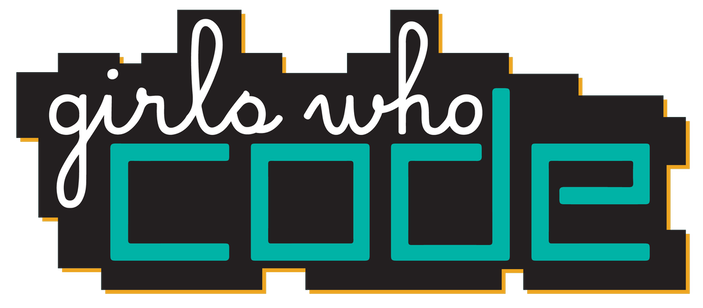
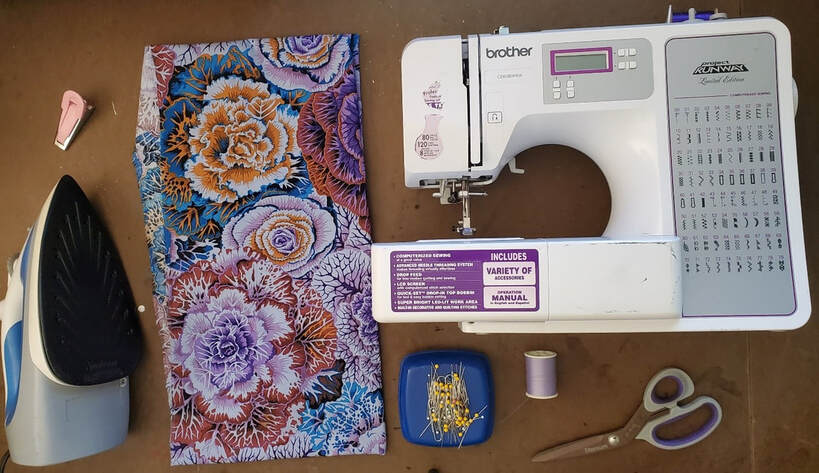
 RSS Feed
RSS Feed
